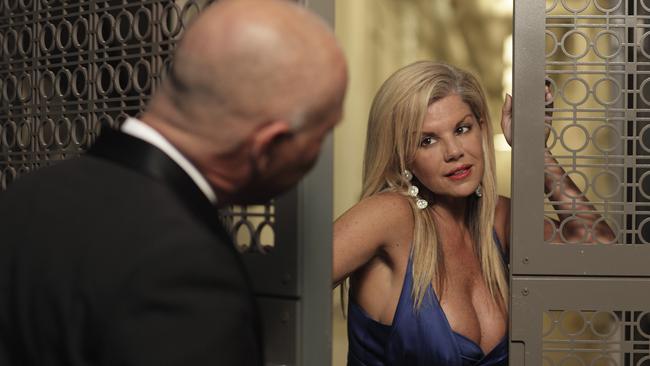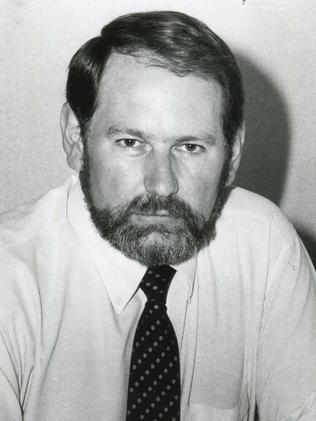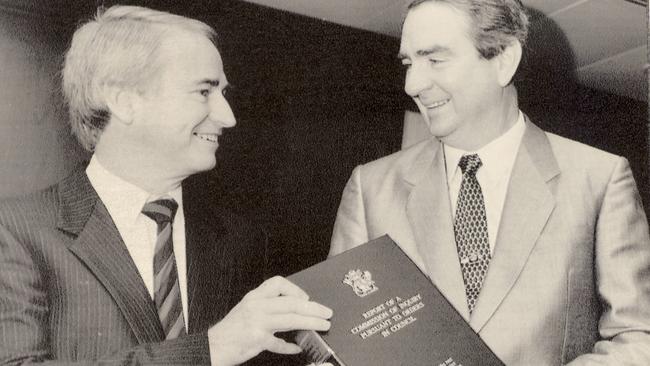Fitzgerald Inquiry Queensland: Phil Dickie yarn on Brisbane brothels was the catalyst
FOR more than a month a young journalist worked on a story that would identify those running Brisbane brothels. When the report came out it proved explosive.

QLD News
Don't miss out on the headlines from QLD News. Followed categories will be added to My News.
READERS under 40 will grapple with the idea that the catalyst for the Fitzgerald inquiry into corruption was a report in The Courier-Mail 30 years ago identifying who ran Brisbane’s brothels.
It caused uproar. Young journalist Phil Dickie had worked on it for more than a month – a “silly season” assignment when politicians and businesses take holidays and newspapers traditionally struggle for news.
After negotiating potential legal complications raised by media lawyer Doug Spence, The Courier-Mail published Dickie’s article on the front page without saying who wrote it. Six weeks later, after discreet inquiries from the ABC, Dickie took a researcher from the Four Corners TV program on a tour of the seedier side of the city.

He also responded to a letter to the paper by former police Licensing Branch officer Nigel Powell which, for legal reasons, had not been published. He was to become integral to the work.
This was the era of stopper writs – iniquitous manoeuvres often financed by the public purse – which led editors and legal advisers to conclude that a Watergate could not be exposed in Queensland.
When The Courier-Mail’s new owner Rupert Murdoch first asked about Dickie’s growing list of articles, the paper had six writs. Murdoch consistently sought assurances that the material was correct and could be defended. The writ tally grew to 17.
In May, six months after Dickie began his work, Four Corners showed sensational footage of Brisbane’s crime-side in a program titled The Moonlight State. It was enough to tip the scales as far as acting premier Bill Gunn was concerned, and he announced an inquiry. Fitzgerald held public sittings on 238 days. His blueprint for reform was outlined in a 388-page report presented to then premier Mike Ahern on July 3, 1989. Its repercussions are still guiding life in Queensland.



